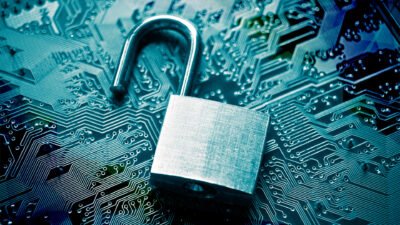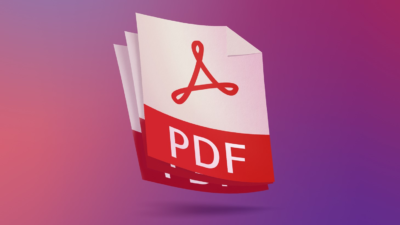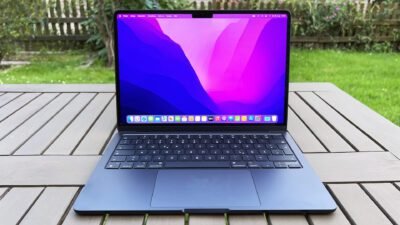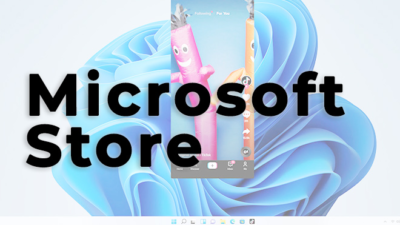What is Spyware? And How It Works

Ah, spyware, the indispensable stuff of spy thrillers. Is it? Well, not really. That is only in the movies. The real world is a different place we all need to take quite seriously if we at all value our cybersecurity and privacy. Most people aren’t that aware of what actual spyware is and how dangerous it is. It may sound cool to you, but rest assured that you don’t want anything to do with this malicious software (malware). The fact is, at this very moment, spyware might be lurking in the annals of your system folders. For this reason, let’s look at how to educate yourself on spyware, detect it and apply solutions to remove it forever.
Spyware Defined
A specific type of malicious software meant for espionage, called spyware, is used to gain access to private information on a targeted computer. Spyware is not usually the type of malware that aims to damage or steal information. More so, the information can be used to commit fraud or carry out other forms of criminal activity. It presents a major threat to people and organizations and is used to gain access to private information.
Spyware can be used to steal your private data, such as passwords, email addresses, or credit card numbers. So, there are a lot of ways that spyware can harm companies and it is not limited to accessing private databases, it can also harm companies in other ways.
A computer can slow down because of the malware as well as it is used for identity theft. Once a computer has been corrupted with a piece of software like spyware, it could compromise a whole company. Customers still have to face the hassle of changing their passwords, getting new cards, and so on even if there is no theft of data.
The most common type of infection is the computer virus known as spyware. A cookie that reports too much information, an add-on to your browser, and so forth. Spyware encompasses these things and much more. The majority of computers and devices out there have some form of spyware on them, even if the anti-viruses are newer.
Unfortunately, today entire industries are built around plastering us with ads. These can sometimes come in the form of spyware and infect your machine. Some companies have user agreements that allow them to install programs that can deliver individualized advertisements on your machine. For instance, a keylogger is a type of software that listens in for your typed commands to gather your personal information. Whereas browser hijackers can change the settings of your browser to take you to certain websites.
How to Remove Spyware For Good
Now that you have learned all there is to know about spyware, how do you protect against it and remove it once/if infected? Ah, that is a question for the ages. However, do not fret, there are ways to protect yourself by combining cybersecurity awareness, internet best practices, and cybersecurity tools. Let’s look at what needs to be done.
First off, you need to spot the infection. For instance, you suddenly see pop-up ads on your computer. Furthermore, it is possible to have a computer that starts to freeze or crash more than normal. Has there been an increase in the usage of the computer’s central processing unit? Has your browser’s page changed and you go to a different site? Has there been an increase in auto-redirects online? While each of these factors individually isn’t a problem, seeing them in clusters will indicate a spyware infection.
Next, it is time to fight and resolve the spyware infection. There are several steps to preventing a spyware infection. You will need to have a premium antivirus suite and perhaps even specialized anti-spyware tools that exist out there. Next, never click on unsolicited ads or suspicious emails. Before you download any software, you must ensure you read a review of it to ensure its validity. Then, you could adjust your browser security settings so that automatic downloads do not take place and your digital fingerprint is as compact as possible. It is also important to mention that you must enable your system firewalls by default and use a VPN or Virtual Private Network which will encrypt and randomize your connection even further.
Finally, let’s get to removing spyware. Your anti-malware suite will probably pick up on any spyware quickly if it is a premium package. You can also remove spyware manually by visiting all the folders and subfolders where it has been discovered and securely deleting every single file that is in those folders. Of course, do an online search on each file so as not to remove a system file by accident.
Be Careful Online
Here’s a simple checklist you can go over from time to time. This will improve your digital hygiene by an immeasurable amount.
- Do not share personal information about yourself everywhere
- Use a premium VPN
- Do not connect to unverified hotspots
- Pay attention to scam emails
- Use as secure a password as possible across all devices
- Keep multiple online and offline backups of all of your data
- Use premium antivirus or antimalware software
- Secure the source of your internet connection at home which is your router, with a good password and WPA3 protection at the very minimum
The internet can feel like an unsafe place with hacks, scams, attacks, and much more. However, there is no reason to be concerned if you follow a bit of common sense and good cyber hygiene. The recent proliferation of smart devices has made us aware of even greater risks. There are five billion of us out there active online across tens of billions of devices, hence the great risks involved. The good news is we can reduce our exposure to these threats by taking only a small number of critical and fundamental security measures that do not cost money and will only hog a few minutes of your time every other week to check.
Alexia is the author at Research Snipers covering all technology news including Google, Apple, Android, Xiaomi, Huawei, Samsung News, and More.












